Skills Gap Analysis – Who or What is Missing from your Team
Related Blogs
Energi People Insights | Guidance for Employers | Market Insights
Posted 25.01.23

Have you ever performed a skills gap analysis and have a clear understanding on who or what is missing from your team? Here we look at the motivations for doing so, and what factors you should take into account.
Why do a Skills Gap Analysis?
When it comes to running a successful business, having a skilled and capable workforce is crucial. However, even the best companies can fall short in this area and that’s where a skills gap analysis comes in. There will always be a “skills gap” in any workplace, any industry. However, for businesses where leveraging on employees’ performance is of the utmost importance, skill gaps are probably one of the biggest disadvantages to attaining business goals.
A skills gap analysis is a process used to identify the skills and knowledge that your employees currently possess, as well as the skills and knowledge that they need to be successful in their roles. By identifying these gaps you can create a plan to close them, resulting in a more effective and efficient workforce.
What is a Skills Gap?
There is actually no definitive definition, however its generally considered to be due to a lack of skills for the workplace causing a deficiency in performance. Another definition can be the evident contrast between the ideal performance and the employee’s actual performance.
The business can then look at both short and long term goals to manage these differences. Training and development or recruiting additional staff are all considerations to help mitigate the effect on the business as soon as possible. The long term goal is to try and avoid these instances moving forward – especially when looking to win new business.
Identify your Business Goals
The first step in any skills gap analysis is to identify your business goals.
- What are your company objectives?
- What are the objectives you need your employees to achieve?
- What are the critical skills and knowledge needed to achieve these goals?
This will give you a clear idea of what you need to look for in your analysis
Assess Current In-house Skills
Once you have a clear understanding of your business goals, you can begin to assess the current skills and knowledge of your employees. This can be done in a number of ways including assessments, surveys or interviews for example. Look at areas where an employee is excelling as well as struggling. This will help give you a better picture of your teams strengths and weaknesses as a whole.
Identify what Skill Gap’s are Missing
With a clear understanding of your business goals and your current team skills, you can now start to identify the gaps between the two. These gaps will indicate areas where your employees need additional training and/or development, as well as highlight areas you may need to recruit for moving forward.
Create a plan to Close the Gaps
Once you have identified the gaps – its time to create a plan to close them. This could include setting new training and development plans, hiring new employees with the required skills or possibly even outsourcing certain tasks.
Sometimes there are skills needed on a regular basis but others on a more ad-hoc basis for special projects. Considering contractors could be a good route to getting the skills you need but then not having the associated costs of keeping them on when the project is done.
Monitor progress and Re-Evaluate
This should very much be an ongoing process that requires monitoring and re-evaluation. Regular check-ins with your team to see how they are doing is paramount to ensure success. Are they struggling or finding it hard to grasp – or perhaps sailing through showing they have a natural talent in a particular area that you can put to good use?
In Conclusion
Conducting a skills gap analysis is a vital step in ensuring that your company has the right skills and knowledge to achieve its goals. By also creating a robust learning and development plan for your existing staff this will help with retention and keep vital skills and knowledge within the business. By identifying the gaps early on, creating a plan to close them, and monitoring progress, you will create not only a more effective workforce, but you will ultimately drive your business forward.
Further Reading:
- Click here to read our Hiring trends to Consider going into 2023 blog
- Click to Read our Building your Technical Recruitment Plan blog
Its generally considered to be a lack of skills for the workplace causing a deficiency in performance. Another definition can be the evident contrast between the ideal performance and the employee’s actual performance.






